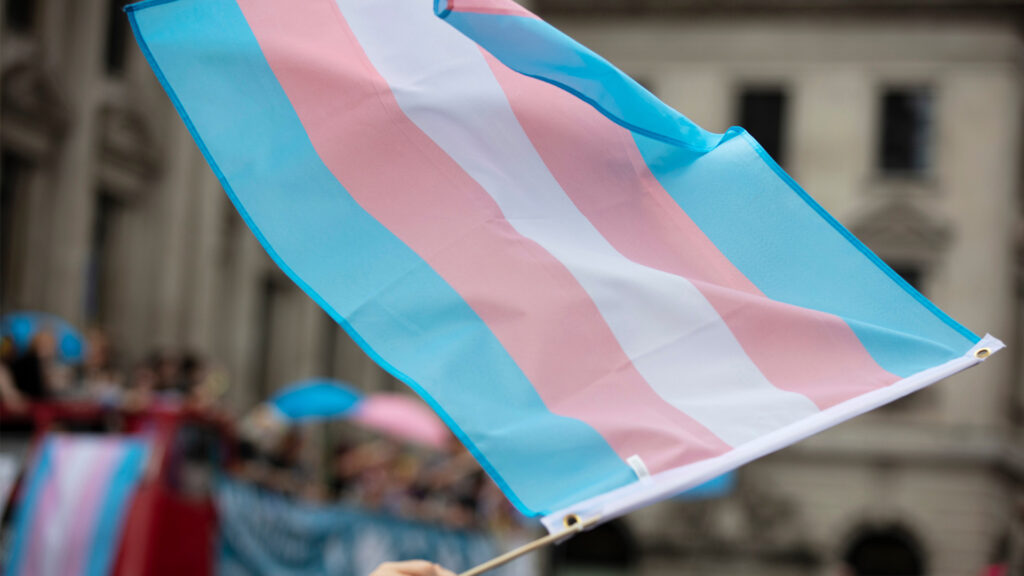The dispute is over an exhibition called “The art of Banksy. A visual protest” which opened in Milan’s Mudec Museum in November 2018 and is continuing to run until April 2019. Whilst the works on display were original works by Banksy, or authentic replicas, the organisers then used the event to sell merchandise such as notebooks, diaries, postcards and bookmarks, all of which deliberately incorporated Banksy’s artwork.
Over the years Banksy has tirelessly fought against the misuse and exploitation of his works – as well as acting against the unauthorised re-sale of this works, most notably shredding his famous work ‘Girl with Balloon’ after its sale at a Sotheby’s auction. Over the years, unauthorized Banksy exhibitions have popped up all over the world, much to the artist’s disdain. He set up an agency called Pest Control to police his own market, by authenticating his artwork and replicas.
Pest Control sued the organisers of the exhibition and in January this year, a court in Milan ruled in their favour, agreeing that the organisers of the event should stop their distribution of unauthorised merchandise; but the court stopped short of ruling that Banksy’s logo could not be used on materials that promoted the event. The court stressed that such branding was necessary to inform the public about the contents of the exhibition.
What makes this case interesting is that whilst Banksy won in principal, he failed to show the court that his brand was fundamental to his market. The Italian judges expected there to be strong evidence of a brand’s power, namely whether it is recognisable, well-established and a proactive component in the market.



